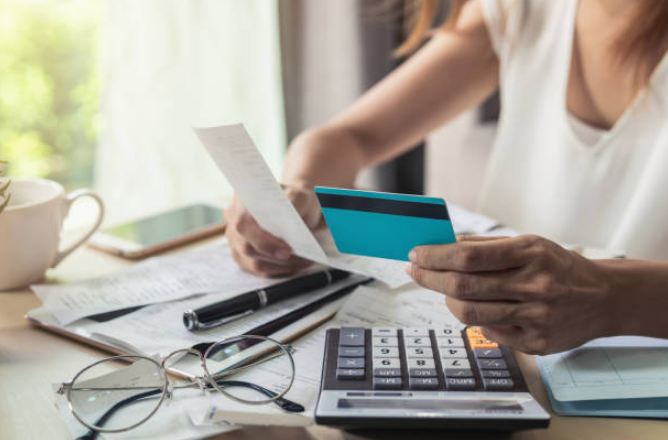All of us incur debts from time to time. It is normal to purchase items on account and pay for them at a later date.
The point where we run into trouble is when we overextend ourselves and owe our creditors more than we can repay.
This article will explain to you how to set up a budget so you can meet your credit repayment obligations and move on to a debt-free life.
Do You Have A Positive Or Negative Cash Flow?
The definition of a break-even point is when the amount of money you are paid every month covers your expenses exactly. The two numbers would be equal in this case.
When you end up with more money than you have in expenses, you have a positive cash flow for that month. Otherwise, you have a negative cash flow, and you may be borrowing money to make up the difference.
You probably have a good idea of your salary, or take home pay every month. You need to add up the total of your credit obligations and compare it to your salary.
Hopefully, you are bringing home more money than you have outstanding in credit card debt. If this is not your situation, you need to get professional help from a debt counselor immediately.
If you have a negative cash flow, you may also be headed for trouble financially. You should seek the advice of a personal money manager before you borrow yourself into deep debt.
For the purposes of this article, we will focus on the scenario of a positive cash flow. By making a budget you will be able to find money to start paying off your current debt.
Everyone should have a budget in place. It makes your financial picture clearer to you. Then you can decide how to best allocate your money to reduce your debts.
Making Your Budget
The process of making a budget for your family is really not too hard. First, you list your revenue (your salaries, wages or any other income), and then you list your monthly expenses.
You must include everything. This means groceries, gasoline, car insurance, mortgage or rent, and every other normal expense you have every month.
Then subtract your expenses from your monthly income. The balance is an amount of money that you have available to use to pay off your creditors.
Although you could try to pay off your creditors with this full amount every month, you may find that you end up in a cycle of paying this amount until an emergency arises.
Then you would probably borrow again to make ends meet. This would defeat your purpose.
Now you need to decide how you are going to use this money to pay off your bills every month. It is best to deposit a certain percentage in a savings account every month (for emergencies).
If you do not have a “safety net” of money in reserve, it is too easy to borrow from high-interest credit sources to meet your needs.
With the money you have left over after depositing a percentage every month in your savings account, you can start paying down your debts.
You want to focus on repaying the bills that carry the highest interest penalty. This is usually your credit card bill.
Make a plan that will pay the most money to your credit card company and still keep you current with your other creditors.
This is a simple and easy to follow a formula that will help you pay off your creditors faster and build a reserve fund should you need it.
You will find that money management can be fun. It’s exciting to see your debts dwindle and watch your savings grow. All this takes is a good plan, and the will power to see it through.

